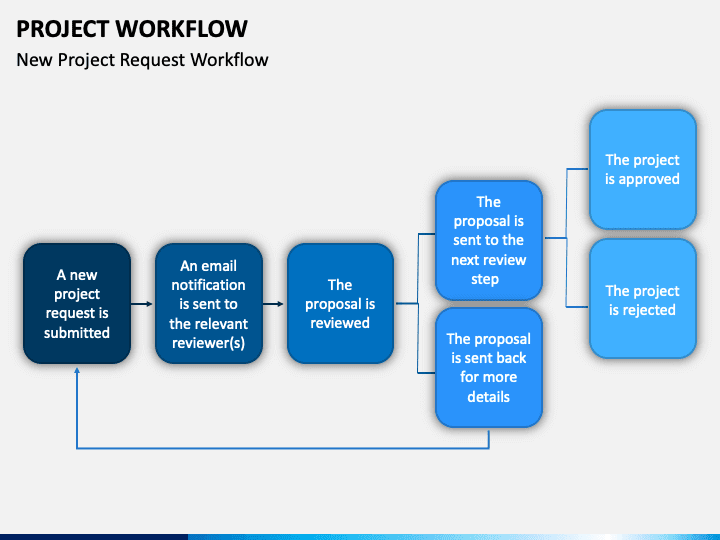What is a workflow?
This is how we do our work: it's the daily routine, our habits, how we receive and transmit information, how we communicate, how we rest and regain strength, in what sequence we set tasks.
We talked about this in the part about planning the day, but "repetition is the mother of learning." Therefore, once again we will run through the key points.
1. Why organize a workflow?
The quality and volume of the result depends on how and when you perform the work.
A simple example. If you need to take five documents to the accounting department, which is located across 2 floors or even in another building, then what will be more effective: to take all the documents for 1 time, or five times one at a time, or to impute to one of the employees at the beginning and at the end of the day to perform the functions of a courier, or to agree in turn to take the documents?
A properly organized workflow, or rather organized processes, will save time, energy and other resources.
2. What elements does the workflow organization include?
Work processes: meetings, meetings, management tasks, accidents and emergencies, and so on
People: managers, subordinates, colleagues, internal and external clients
Resources: money, people, time, energy...
3. What skills are required to organize the workflow?
Planning
Analysis
4. How to organize the workflow?
1. Do not count on a quick victory. The workflow is a habitual way of doing things that cannot be radically changed.
2. Determine what you do and when you do it. To do this, conduct a timekeeping.
3. Define how you do it. Describe the processes.
4. Modify, delete the transfer processes. Do them at other times.
5. How do I organize my workflow?
1. Periodically conduct timekeeping
2. I describe the processes
3. Swap processes, throw some away or delegate
4. Swap actions within the process, add or discard some.
5. I analyze my weaknesses and strengths.
6. How to improve the organization of the workflow?
1. Reduce the influence of other people on your workflow. Close doors, learn to say no, stop being a "good guy."
2. Adopt habits. The more automatic actions during the day, the more energy is left for creative tasks.
3. Describe processes and delegate.
7. Complete the task
1. Make a working day schedule
2. Ask each task three questions:
Why am I doing this task?
Why at this time?
Why?
3. Answers like "Because I've always done this" or "because that's the way it is in our country" are an occasion to reconsider your workflow.








No comments:
Post a Comment